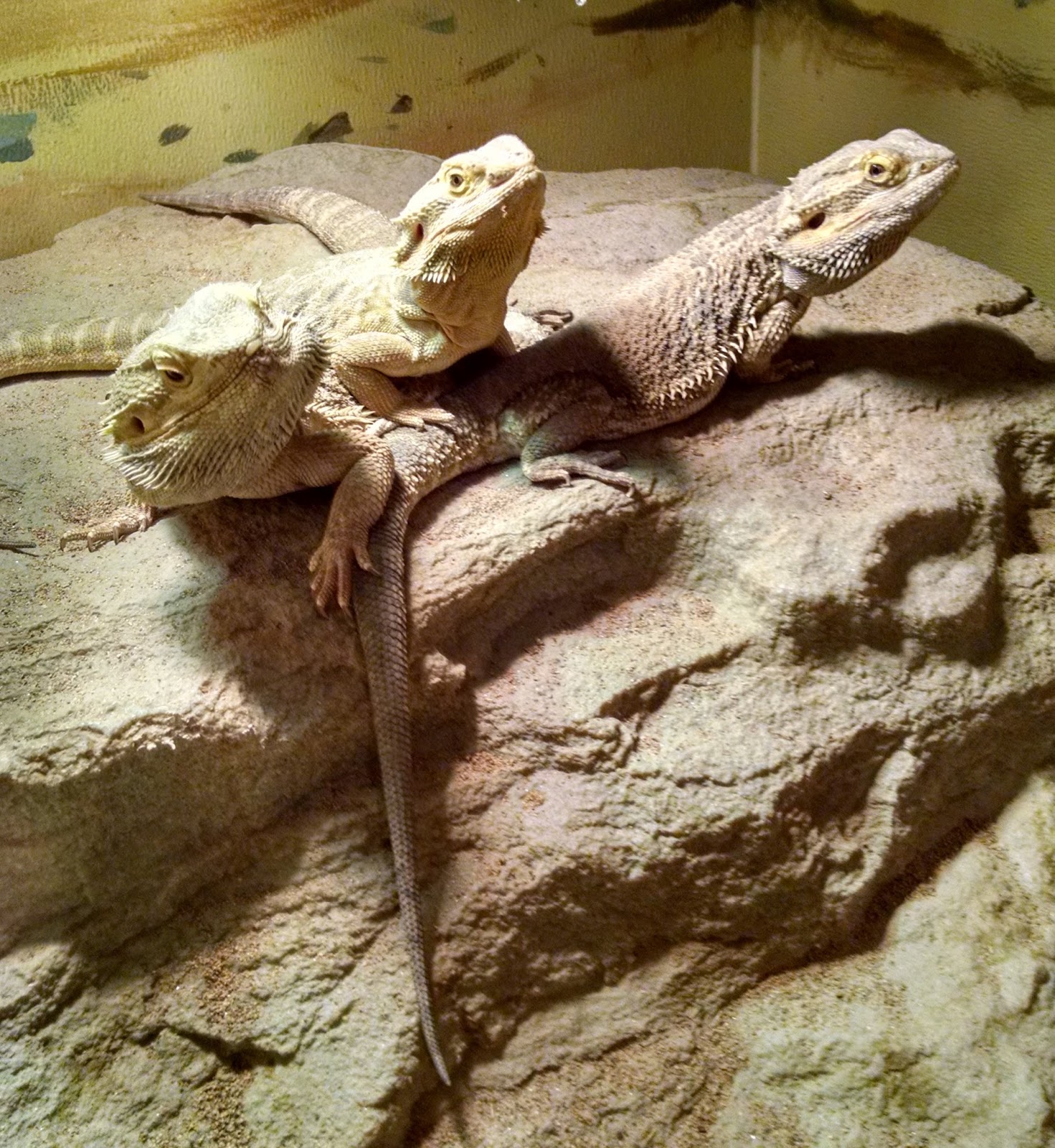The Ultimate Beginner's Guide to Bearded Dragon Sand Substrate
Introduction
Do you have a bearded dragon or are you planning to get one? One of the essential things to consider is its habitat. Among the critical decisions, you need to make when setting up their tank is choosing the substrate. It can affect their health, comfort, and behavior, so you need to choose carefully. In this post, we will discuss everything you need to know about the best substrate for bearded dragons—Sand Substrate!
What is a Bearded Dragon?
Bearded dragons are one of the most popular pets in the reptile world. They are friendly, easy to care for, and make great companions. These lizards are native to Australia, and they belong to the Pogona genus. They grow up to 2 feet long and can live up to 20 years with proper care. They are omnivorous, which means they eat both insects and plants, and they love basking in the sun.
Why is the Substrate Important?
When it comes to setting up your bearded dragon’s habitat, one of the essential things you need to consider is the substrate. It’s the material that lines the bottom of the tank. Not only does it make cleaning easier, but it can affect your pet’s health and behavior. The wrong type of substrate can cause impaction, a potentially fatal condition, and skin irritation. It’s also important to choose substrates that are easy to clean and maintain, odorless, and comfortable.
What is Sand Substrate?
Sand substrate is one of the most popular types of substrates for bearded dragons. It’s made of fine-grained sand, and it feels like the desert, which is the native habitat of bearded dragons. Sand substrate comes in different colors, including white, brown, and black, and it’s inexpensive and easy to find. However, not all sand substrates are suitable for bearded dragons. Some types of sand, such as ones with large grains or high calcium content, can cause impaction or digestive problems.
Benefits of Sand Substrate
- Natural-looking habitat: Sand substrate looks like the bearded dragon’s natural habitat, which can make them feel more comfortable and reduce stress.
- Easy to clean: Sand is easy to clean since you can scoop out the feces and spot clean the soiled areas.
- Comfortable: Bearded dragons love to dig and burrow, and sand substrate allows them to do so comfortably.
- Affordable: Sand substrate is one of the most affordable options available in the market.
Choosing the Right Sand Substrate
When choosing sand substrate, keep the following things in mind:
Size
Choose a fine-grained sand with small particles not larger than 2mm. This type of sand is easier to digest and prevents impaction. Avoid using beach sand or sharp-edged sand as it can cause skin irritation or inflammation.
Calcium Content
Avoid using sand with a high calcium content, such as limestone or crushed shells. When ingested, it can lead to health problems, including kidney failure.
Dust
Avoid using dusty sand as it can cause respiratory problems. Choose sand that is low in dust and non-toxic.
Branding
There are many brands of sand substrate available in the market. Choose those that are specifically designed for reptiles and have been tested and proven safe. Some popular brands include ZooMed ReptiSand, Exo Terra Desert Sand, and Fluker’s ReptaSand.
How to set up the Sand Substrate?
Setting up the sand substrate is easy, follow these steps:
Step 1
Clean the tank thoroughly with a reptile-safe disinfectant to remove any residue. Rinse thoroughly and let it dry completely.
Step 2
Pour the sand substrate evenly at the bottom of the tank, making sure to leave at least 2-3 inches of depth.
Step 3
Smooth the surface of the sand, removing any sharp pieces or debris. Make sure that the sand is not too compacted.
Step 4
Place decorations, basking rocks, and hide boxes on top of the sand. Add twigs, branches or logs for climbing, and vary the textures for more stimulation.
Maintenance
To maintain sand substrate, follow these guidelines:
Spot cleaning
Spot clean small areas daily, and clean the entire tank once a week.
Odor control
Maintain good ventilation, reduce humidity, and limit food waste to control odors.
Sand replacement
Bearded dragons can be messy eaters, and they can ingest sand when they eat. To prevent impaction, replace the sand substrate every 3-6 months or sooner.
Conclusion
Choosing the right substrate for your bearded dragon is crucial for their health and wellbeing. Sand substrate is one of the most popular options and has many benefits, including being easy to clean, affordable, and comfortable. However, it’s essential to choose the right type of sand substrate and follow proper maintenance procedures to ensure your pet’s safety. Remember, a happy and healthy bearded dragon is a joy to have in your life!








